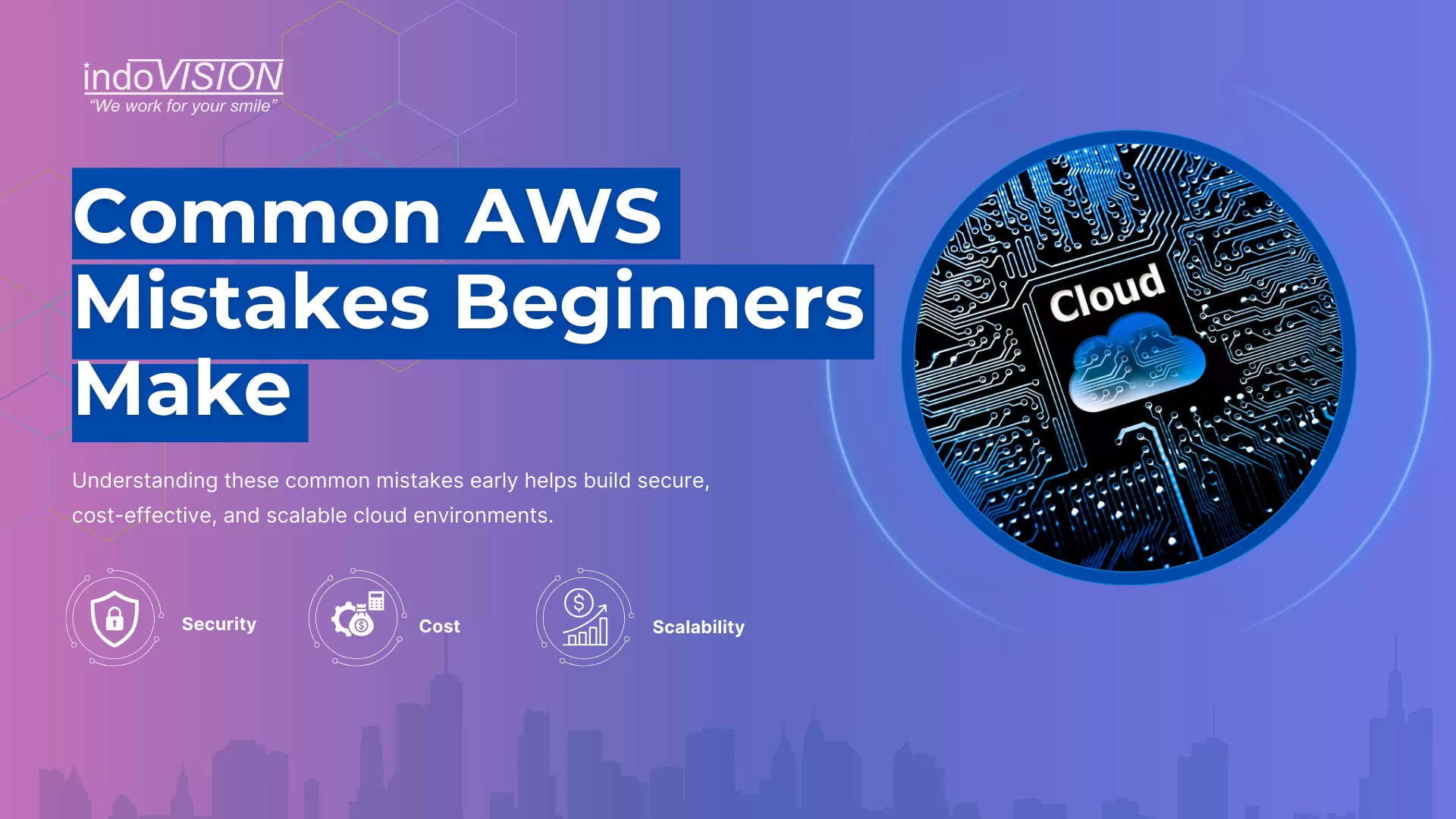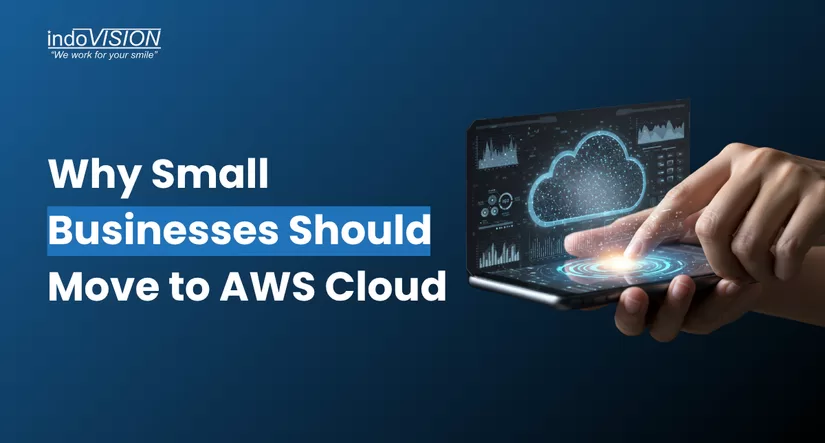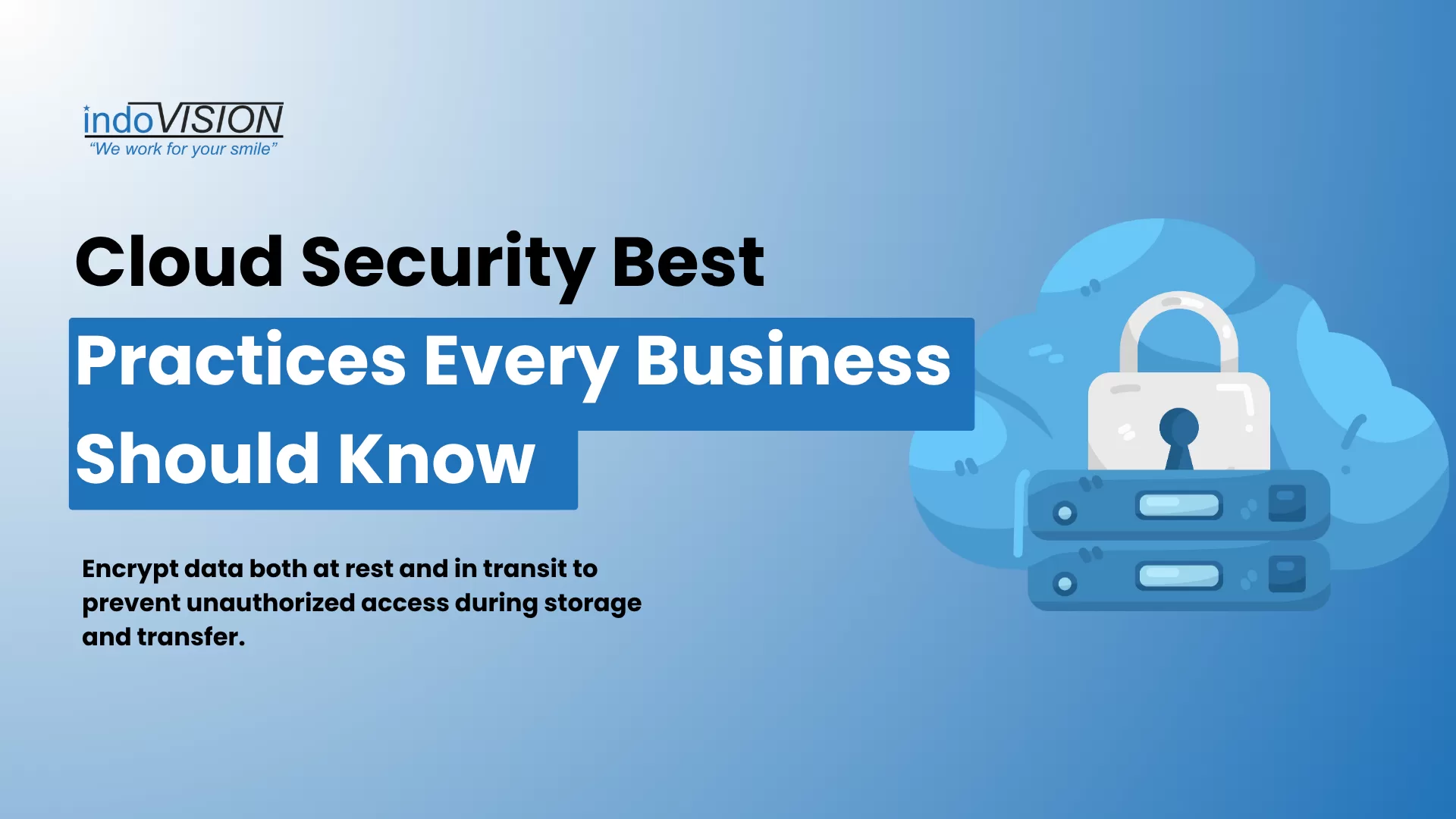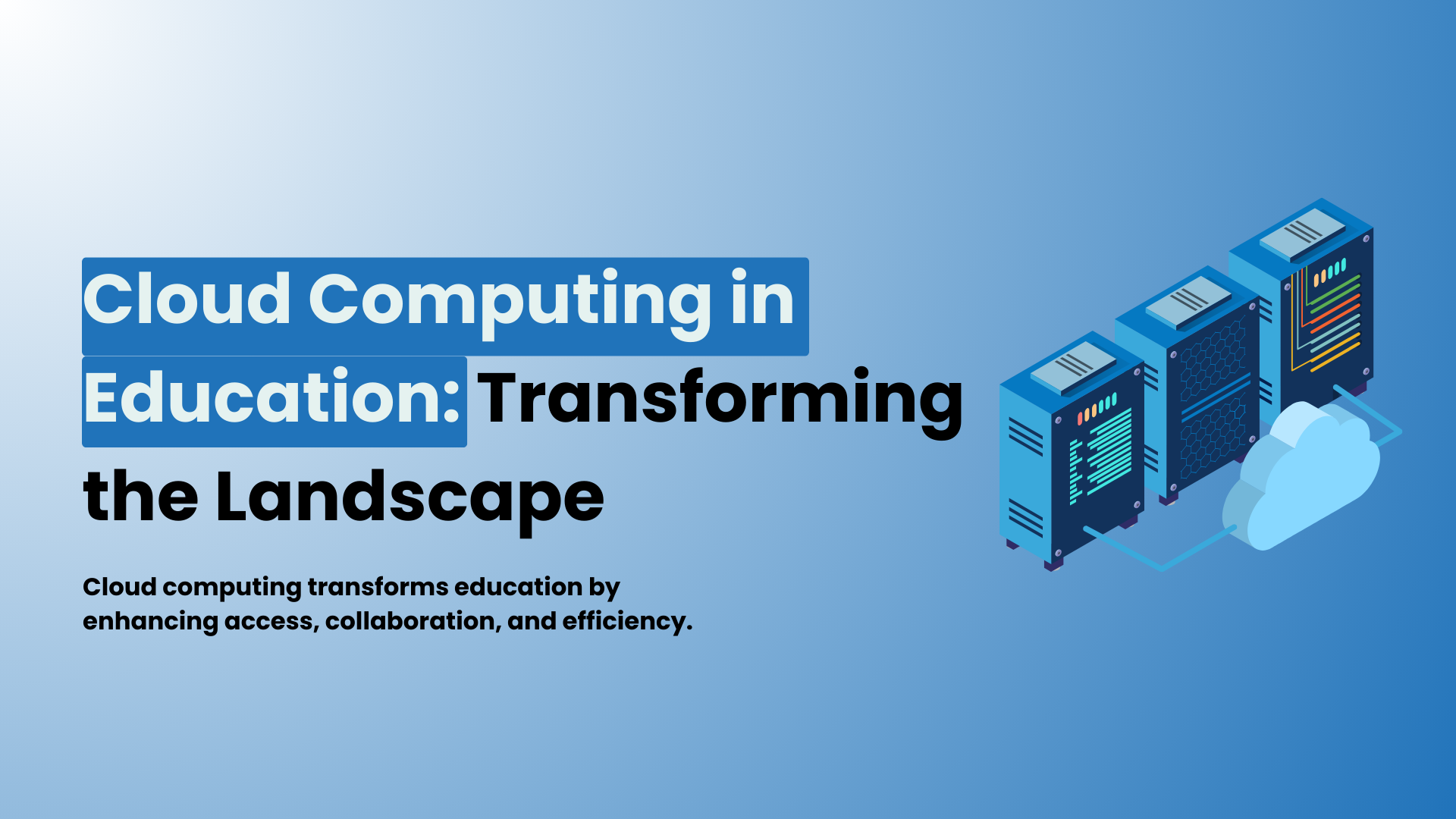Cloud computing offers comprehensive revolutionizing of health care through better management, access, and delivery of medical data and services. This great technology makes it possible to store enormous medical data securely at cloud servers, thus granting easy access and sharing among different health facilities. It gives accessibility and allows for better collaboration among health professionals for comprehensive management in the sphere of patient care.
What is Cloud Computing in Healthcare?
Cloud computing in health care refers to the shifting of health information and management to be stored, processed, and managed on cloud-based servers. This technology gives health organizations an avenue for access to computing resources and data from anywhere, hence improving the effectiveness and efficiency of these medical services.
What are the Benefits of Cloud Computing in Healthcare?
Cloud computing confers many benefits to the healthcare sector in a big way, revolutionizing the way healthcare providers run operations, treat patients, and work in collaboration. Some of the principal advantages include:
- Better Accessibility: Cloud computing allows access to medical data and applications by healthcare professionals from any device, at any time, through the internet. This is an accessibility critical to the dispensation of telehealth services and for health providers to make vital decisions concerning patients’ care remotely.
- Cost Efficiency: The use of the cloud allows health organizations to avoid the costs associated with buying, maintaining, and upgrading a physical IT infrastructure. Cloud services are based on the pay-as-you-go approach, whereby healthcare facilities are required to pay for the resources used, hence bringing down the IT expenses.
- Scalability and Flexibility: It allows scaling of IT resources up or down without much hassle as per the current requirements of healthcare providers. Scalability is very important in times of unexpected demand surges, for example, in case an outbreak of any particular disease or any other crisis in health; the infrastructure can handle such increase in loads without requiring heavy capital investments.
- Better Collaboration: Cloud computing thus ensures improved collaboration among health professionals through sharing information across different geographic locations and in a very secure manner. This is particularly important in complex cases where various specialists must confer with each other to come up with the appropriate mode of treatment for the patient.
- Improved Patient Care: It can grant access to real-time data and securely share patient records across platforms, enhancing the quality of care given to the patients. Doctors may make more informed decisions faster, and personalized medicine becomes more feasible with data from various sources that can be easily integrated and analyzed.
- Disaster Recovery: Cloud computing offers robust disaster recovery and data backup solutions that ensure your data is preserved and recovered in case of a disaster, like a fire or flood. This is very critical in health, where data loss may mean life and death.
- Innovation: The pace of innovation of healthcare technologies is very well supported in the cloud environment. Any new application can be deployed, tested, and thereby rapidly initiate the development of new healthcare solutions that will improve patient outcomes and operational efficiencies without setting up any extensive infrastructure.
Types of Cloud Computing in Healthcare
Basically, cloud computing in healthcare can be divided into several types based on the deployment model and the service model. Each of these types has different advantages and is oriented toward different lines of healthcare operations. These types help health organizations choose the most appropriate cloud solution to meet their particular requirements.
Types of Cloud Computing Based on Deployment Model
Public Cloud
In the public cloud, the infrastructure and services are located off-premises and maintained by an independent cloud service provider. These are shared among several different organizations. This model has high scalability with lower costs through a pay-as-you-use pricing structure.
Healthcare Application: Normally, public clouds would be used for low-sensitivity applications like hosting publicly available health resources and collaborative platforms for health education material.
Private Cloud
A private cloud belongs to a single organization, offering greater control and security over the environment. It is suitable for handling sensitive data that requires stringent health regulations like HIPAA compliance.
Healthcare application: Private clouds are ideal for storing and managing the EHR, PHI, and other forms of information that form the bulk of information in health care and are usually subject to strict regulatory compliance.
Hybrid Cloud
A hybrid cloud takes the best parts from both public and private clouds in order to come up with a balanced approach. On a private cloud, sensitive data is kept, but other less critical resources could, quite safely, be hosted on a public cloud.
Healthcare Application One application for this type of analysis is found in hybrid clouds or for use in patient care management, where the data may be stored securely in a private cloud, but the public cloud could be utilized for the computational resources.
Community Cloud
In this case, the community cloud is shared by several organizations from a certain community with common concerns and requirements. This may be a less frequent choice, but would certainly be cost-effective and secure for participants.
Healthcare Application: Community clouds could be shared across institutions working on projects that use medical research data or any collaborative works on public health-related issues among healthcare providers.
Types of Cloud Computing Based on Service Model
Infrastructure as a Service (IaaS)
IaaS provides basic computing infrastructure—server, storage, and networking resources—all over the cloud. Users can run any operating systems and applications without maintaining a cost for physical servers.
Healthcare Application: Custom healthcare applications, large medical databases, and support of web-based EMR systems can be developed and run on IaaS.
Platform as a Service (PaaS)
A private cloud is dedicated to just one organization. This means it allows for much more control and security over the environment and so makes it more appropriate for dealing with sensitive information that has strict health regulation compliance, such as HIPAA.
Healthcare Application: Private clouds are designed especially for the storage and management of EHRs, PHI, and others needing very strong regulatory compliance.
Software as a Service (SaaS)
SaaS delivers software applications over the Internet, managed by third-party vendors, and accessible from any device with an Internet connection.
Healthcare Application: The SaaS finds huge applications in the healthcare sector, from patient management to billing systems and telemedicine applications, clinical information systems, and so on.
Real-World Examples of Cloud Computing in Healthcare
Cloud computing has become intrinsic to healthcare today and offers transformative benefits in efficiency, scalability, and quality of care for patients. Here are a few examples that one can take from the real world, demonstrating how the application of cloud computing is being done in the health sector:
Electronic Health Records (EHRs)
Impact: Enhanced accessibility and interoperability of patient data reduce redundancy, minimize errors, and ensure that critical health information is available to healthcare professionals wherever needed, thus facilitating coordinated care.
Telemedicine
Impact: Cloud-powered telemedicine platforms have been crucial in providing non-emergency healthcare during the pandemic, reducing exposure to the virus and easing the burden on healthcare facilities.
Medical Imaging
Impact: The cloud enables quicker, more collaborative reviews of medical imaging, leading to faster diagnoses and treatment plans. It also significantly reduces costs associated with data storage and management.
Health Information Exchange (HIE)
Impact: Improved data sharing capabilities enhance the efficiency of the healthcare system, ensuring that patient information is updated and accessible to all treating healthcare providers, thus improving the continuity and quality of care.
Population Health Management
Impact: By leveraging big data analytics in the cloud, healthcare providers can predict outbreaks, improve disease management, and optimize the health outcomes of populations at a reduced cost.
Clinical Research and Development
Impact: Cloud computing accelerates the time-to-market for new drugs by enhancing the efficiency of clinical trials and data analysis processes. This rapid deployment of new therapies is crucial for responding to global health challenges like the COVID-19 pandemic.
What is the Future for Cloud Computing in Healthcare?
The future of cloud computing in healthcare only gets more integral and transformative, furnished with the continuing revolutionizing way of handling data by healthcare providers, delivering services, and interacting with patients. Several main trends and advancements are setting the pace for cloud computing in the healthcare sector:
1. More artificial and machine intelligence integration
Artificial intelligence and machine learning algorithms are getting embedded into the cloud platforms for providing advanced data analytics. With AI technology, predicting patient outcomes and personalizing treatment plans will bring greater diagnostic accuracy. It will also manage patient intake and scheduling. For example, AI quickly goes through vast amounts of medical imaging data, sometimes even more accurately than human radiologists, leading to quicker diagnosis.
2. Growth in Telemedicine
The COVID-19 pandemic accelerates the already rising adoption rate of telemedicine, and cloud computing is just another enabling technology for that process. Further development in this line will most probably lie in the field of enhancing the features of telehealth so that it becomes more embedded in the regular care of patients: remote continuous monitoring for chronic conditions, virtual emergency consultations, or even more interactive platforms for engaging patients.
3. Security and Privacy Improvement
With this increased volume of data being handled by healthcare organizations, concerns related to data security and privacy definitely will increase. This, of course, means the next generation of cloud platforms will embed a lot more security features—advanced encryption methods, better access controls, and much stronger compliance tools. This is against the backdrop of fast-changing regulations around the world relating to personal data protection.
4. Greater Interoperability
Interoperability among different systems and providers remains a challenge. This will require the cloud solutions of the future to be able to enhance standardization in data formats and better API interfaces so that the systems are able to communicate with each other more fluently. This would attain better data sharing and collaboration across providers, payers, and researchers to drive improved health outcomes and operational efficiencies.
5. Decentralization of Healthcare Services
Cloud computing will enable more decentralization of health care, breaking pressure on physical centralized structures like hospitals. Home health care, community-based clinics, mobile services—all these will be utilizing cloud computing in the effort to get health care to as many divergent geographic areas as possible.
How Can Indovision Services Help Adopt Cloud Computing in Healthcare?
Indovision Services is a leading cloud transformation agency that specializes in developing and implementing cutting-edge technological solutions across various industries, including healthcare. Here’s how Indovision Services can help healthcare organizations adopt and benefit from cloud computing:
1. Development of Custom-Made Cloud Solutions
Indovision Services can design and develop custom cloud solutions that address the specific requirements of health care organizations, including developing scalable and secure cloud-based applications for EHR management, patient management systems, and telemedicine services. The developed solutions, therefore, are able to seamlessly integrate with the prevalent IT infrastructures while not only being compliant with the laid down dogmas and regulations of health care policies, such as HIPAA.
2. Migration Services
For healthcare organizations considering moving from basic IT infrastructures to the cloud, Indovision Services offers end-to-end cloud migration services. Starting with the baseline assessment of current infrastructure, planning migration in phases, the data, and transition of applications to the cloud environment and efficiency in post-migration operation, this company ensures data integrity through a seamless and minimal downtime transition.
3. AI and Machine Learning Integration
Indovision Services will be able to enhance cloud applications with enhanced AI and machine learning capabilities. One of the examples in health is the development of intelligent diagnostic tools, predictive analytics of patient care, and automation of routine administrative activities. With the help of AI, healthcare providers can make more sense out of patient data and improve the accuracy of the diagnosis in order to improve overall patient care.
4. Interoperability Solutions
Solutions for health data interoperability can be realized from the beginning only if Indovision Services first understands what data interoperability means in healthcare. Measures would include the use of application programming interfaces that are standardized and the guarantee that new cloud solutions will integrate several health records systems, diagnostic tools, and other healthcare databases.
Recognizing the fact that health data must be secure, cloud has made sure to provide the highest security in all of its cloud solutions. It will encompass data encryption, secure data transmission, and highly sophisticated access controls, thus providing top-level security to sensitive data of patients. Additionally, Indovision Services also ensures that all solutions comply with relevant healthcare regulations and standards, thus providing legal security for healthcare providers and peace of mind, respectively.
6. Continuous Support and Optimization
Post-implementation, Indovision Services extends its support and maintenance services so as to keep the working of cloud solutions optimized. This is performed by incorporating regular updates, patches, and performance optimization. The continuous support of the Indovision Services aids healthcare organizations in acquiring the facility to evolve with emerging healthcare demands and technology advancements, while avoiding heavy investment.
7. Training and Change Management
As such, Indovision Services also provides full-scale training and change management services to ensure that healthcare staff use new and emerging cloud-based systems appropriately. It, therefore, eases the transition and hence reduces resistance, making the staff able to apply the new technology toward improving the general productivity and patient care.
Conclusion
With its robust capabilities in cloud innovation, Indovision Services is well-equipped to assist healthcare organizations in adopting cloud computing solutions that enhance their operational efficiency, improve patient care, and ensure compliance with healthcare standards. By partnering with Indovision Services, healthcare providers can navigate the complexities of cloud transformation smoothly and successfully.
Frequently Asked Questions
What is cloud computing in healthcare?
Cloud computing in health care simply means that healthcare data is stored, managed, and processed using cloud-based infrastructure and services. It facilitates sharing either information or applications by a healthcare professional over the internet, thus increasing the efficiency and effectiveness of medical services rendered.
How does cloud computing improve healthcare services?
Cloud computing improves health care by providing high accessibility to the data, cost efficiency, scalability, and enhanced collaboration among health workers. Real-time availability of data in any part of the world, feasibility of telemedicine, and secure sharing of health information of patients across health care settings are some of the features that cloud computing provides.
What are the risks associated with cloud computing in healthcare?
The key risks from this point of view deal with data security and privacy concerns, compliance challenges, vendor lock-in, service disruptions, and data integrity. Such risks can be reduced through the selection of reputable cloud providers, enforcing robust security measures, and ensuring proper compliance practices.
Can cloud computing be scaled according to healthcare organization needs?
One of the most important advantages of cloud computing is that it supports the scalability that characterizes the growth of any healthcare institution by scaling IT resources up or down according to demand, without huge upfront investments, hence flexibility and cost-effectiveness.
What are the benefits of partnering with Indovision Services for IT staffing?
Cloud computing helps in implementing a robust disaster recovery process through periodic backup of data across several secure locations. This allows for the restoration of data and restoration of services more quickly after a disaster event, thereby minimizing both the time for which services may be unavailable and the extent of data loss.
What future advancements can be expected in cloud computing for healthcare?
The future may lie in advanced analytics with more-integrated AI and machine learning, increased use of blockchain for the integrity of data, and a stronger focus on personalized patient care through predictive analytics. Also, the trend goes toward more sustainable and environmentally amicable cloud solutions in line with general tendencies toward the greening of technology.
How does cloud computing facilitate collaboration in healthcare?
The cloud computing technique allows for collaboration in healthcare since more than one health professional can have access to the data and work on it simultaneously, irrespective of where they are. This is of prime importance for many multidisciplinary team consultations and large-scale health studies.
Can cloud computing in healthcare support remote medical services?
The cloud computing technique allows for collaboration in healthcare since more than one health professional can have access to the data and work on it simultaneously, irrespective of where they are. This is of prime importance for many multidisciplinary team consultations and large-scale health studies.

















